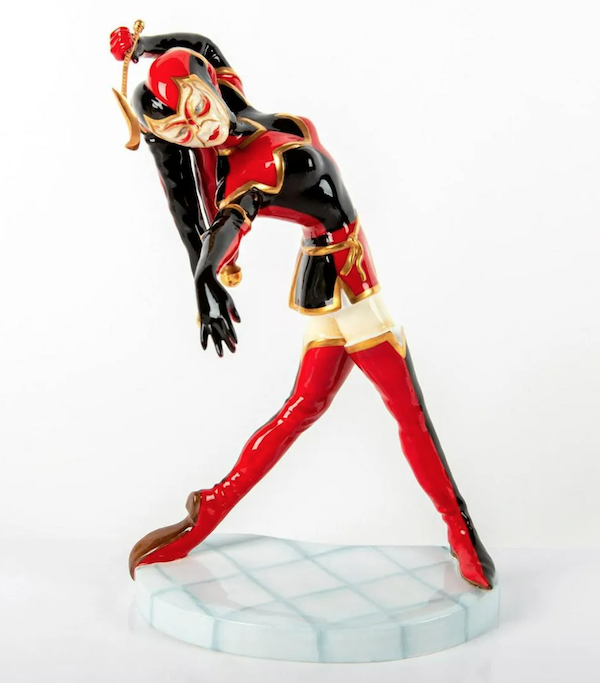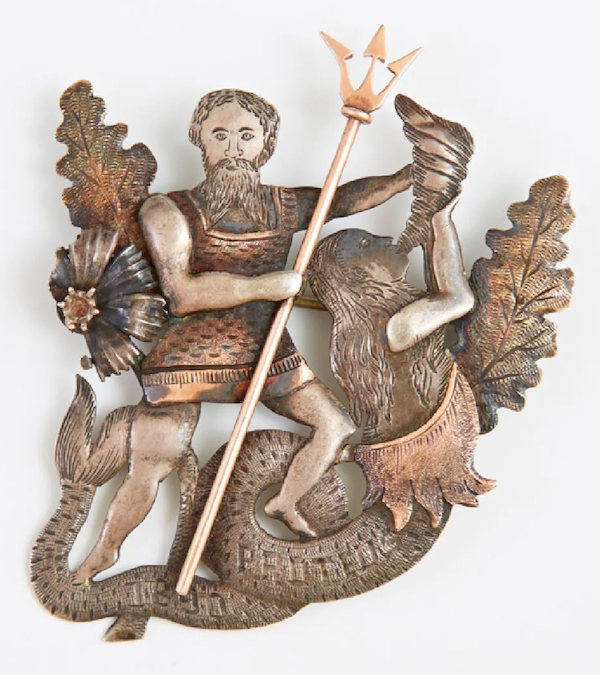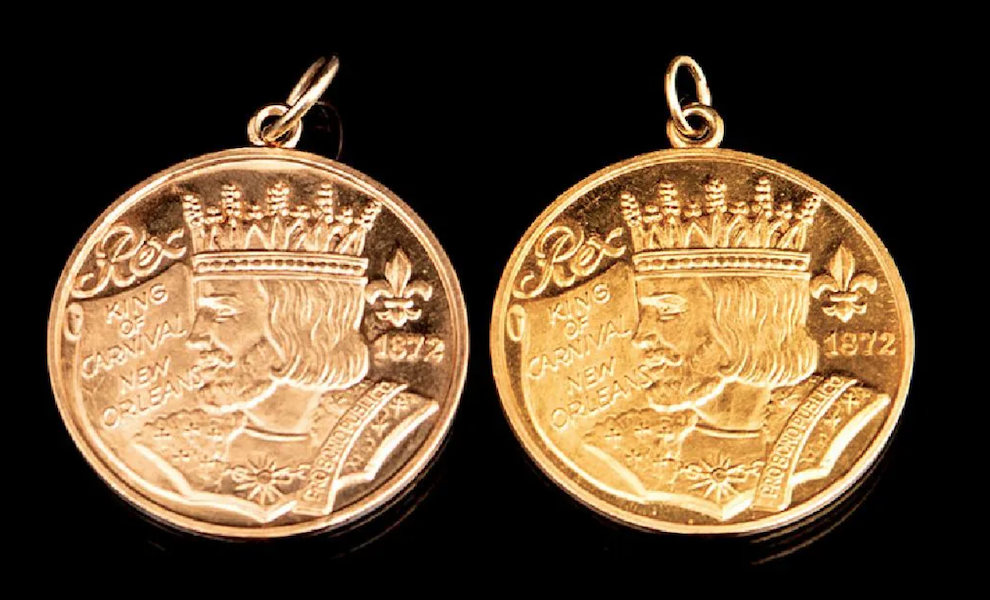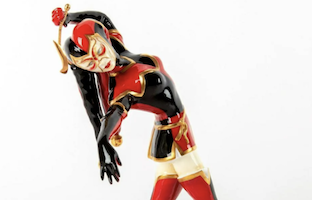
NEW YORK — When it comes to big holiday celebrations, few take the cake the way that Mardi Gras does. Distinguished by its purple, gold and green color scheme and traditional accoutrements such as king cake, masquerade masks and jester hats, Mardi Gras is the ultimate party.
Marking the final day of the Carnival season, this holiday serves as the transition into the Christian season of Lent leading up to Easter — a moment of decadence before the austerity of Ash Wednesday. Taking place today (February 21, 2023), the holiday is celebrated all across the world, but in the United States, it’s practically synonymous with New Orleans, located in the state of Louisiana. Fancy balls are held across the city and lively parades fill the streets not just on Mardi Gras itself, but throughout the month of February. The parties and parades are headed by an appointed king and queen.

Mardi Gras inspires an array of related collectibles, from king’s chalices to doubloons, homemade trinkets and beads (mostly plastic today but they used to be made of Czech glass) that are thrown from parade floats into the crowds of parade watchers. The latter objects are called “throws” and are hotly coveted.
The holiday’s name translates from French to English as Fat Tuesday and is also known as Shrove Tuesday. It has its roots in medieval Europe and it signified the day when households would eat the fatted calf or use up fats before the fasting and abstaining required during Lent, a religious observance that lasts roughly 40 days. As Europeans settled the New World, they brought their customs with them, including Mardi Gras. Reportedly, the first Mardi Gras was celebrated in Louisiania’s Fort Louis de la Mobile in 1703. The city of New Orleans was founded in 1718, and lavish society Mardi Gras balls had sprung up by the 1730s, leading to today’s Mardi Gras masquerade balls.
In the 1800s, street processions were held by krewes, social organizations that continue to organize New Orleans Mardi Gras parades. One early and still active group is the Mistick Krewe of Comus, named in honor of the Greek god, Comus, who is associated with festivity and revelry.

Whereas some parade throws are just small toys and candy, Mardi Gras parade participants usually go all out. Lucky bystanders can score nice swag, from signature krewe gifts such as cups to painted coconuts. More ornate versions of Mardi Gras swag that were likely given as special gifts are among the most valuable collectibles. A Mistick Krewe of Comus cup from 1912, covered entirely in “paste” (aka glass) gemstones, sold for $11,500 plus the buyer’s premium in January 2019 at Neal Auction Company. The bejeweled chalice was said to symbolize the magic of the festival and the high regard for Carnival season in New Orleans.
As with many other types of collectibles, the earlier they are, the better. Mardi Gras items from the turn of the previous century generally perform well on secondhand markets, especially if the item is rare. Such was the case with a Mardi Gras krewe favor, depicting the sea-god Proteus armed with a trident, in the form of a rose gold and sterling brooch. Made in 1890 by M. Scooler of New Orleans, the piece made $2,900 plus the buyer’s premium in March 2017 at Crescent City Auction Gallery.

Carnival and Mardi Gras pins are part of a storied tradition that dates back to the first Carnival pin made in 1882, which was issued by the Mistick Krewe of Comus. Mardi Gras jewelry pieces that krewes bestowed on a select few were sure to make one feel like a king or queen. These elegantly crafted and bejeweled pieces were designed as keepsakes of Mardi Gras celebrations and typically had royal themes. In this vein, a 1905 Krewe of Rex ducal (meaning “of the duke”) badge with a theme of “idealistic queens” brought $2,000 plus the buyer’s premium in May 2017 at Crescent City Auction Gallery.
Interest is so great in all things Mardi Gras that even collectibles having nothing to do with the krewes, but which simply honor the holiday, are desirable. Of course, items that appeal to more than one group of collectors will do well. Royal Doulton issued a Carnival collection in 2006, designed by Shane Ridge; a Carmen figurine from this series earned $2,500 plus the buyer’s premium in October 2021 at Lion and Unicorn. The masked woman figure wears a two-tassel jester hat and holds a gilded crescent moon on a brass stick. Ridge created a sense of dynamic motion in the figurine and imbued it with energy and sensuality through the backward curve of the body.

Modern parade throws range from stuffed animals, cups, beads and even food, but doubloons are a favorite of many. These oversized medallions, larger than coins, debuted in 1959 and were stamped with a specific year soon after. They remain prized collectibles. At one time they were made of silver, but now they are mostly aluminum and are available in all colors, usually referencing that year’s parade theme on one side and the krewe’s emblem on the reverse. A pair of 14K gold Rex doubloons from 1970 and 1971 achieved $800 plus the buyer’s premium in April 2019 at Neal Auction Company. Rex is one of the oldest New Orleans krewes today still active; the word Rex is Latin for king.
Mardi Gras once represented a grand celebration before a long stretch of self-imposed austerity. For some, it still does, but most celebrants only join the fun part of the proceedings. Mardi Gras collectibles embody a fleeting spirit of joy and a defiance of winter that anyone can understand and appreciate. These items speak to the festive atmosphere of Mardi Gras itself and, in many cases, reflect the the unique spirit of the city of New Orleans.


